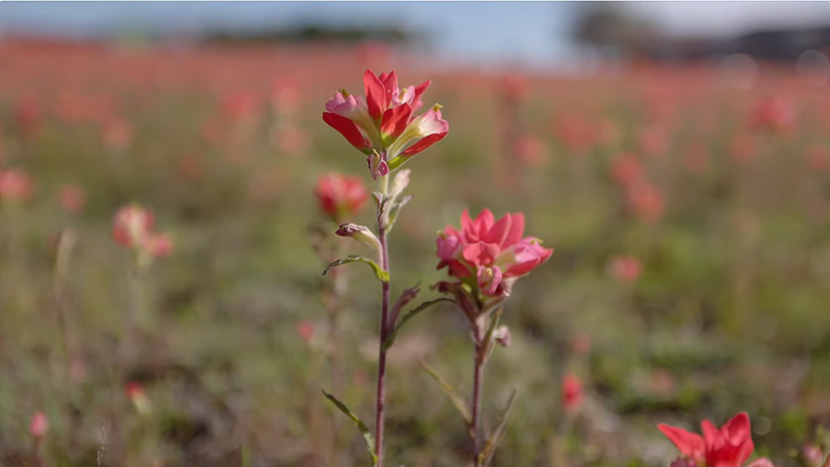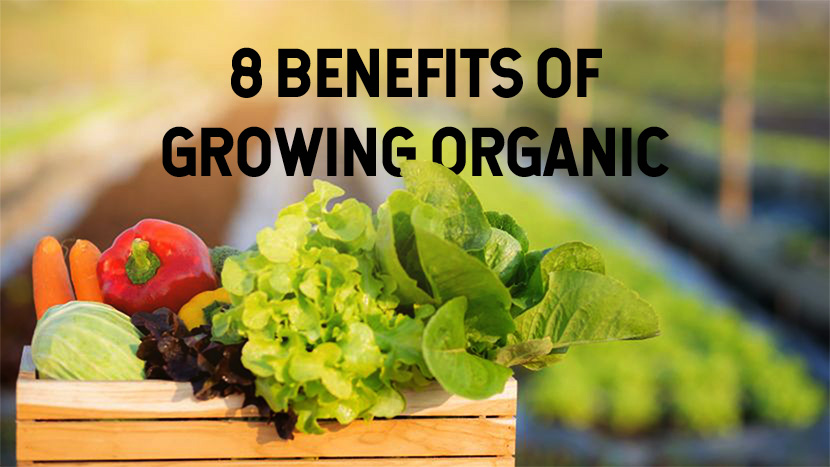Visual tools help convert dense data and complex theories into accessible visuals that are easy to understand at first glance. They’re also great when you want to make sure certain aspects of your presentation grab people by the eyeballs.
However, things may get a bit dicey when it comes to finding the right tools. Research takes time, and most of us have better things to do than spend hours digging for the perfect tool.
Good news – you don’t have to! In today’s article, we’ll provide you with four essential digital resources designed to help scientists, educators, and students turn complex words into easy-on-the-eye visuals.
1. Visualization Software that Turns Complex Ideas into Images
The main purpose of visualization software tools is to simplify the complex.
For instance, when researchers are faced with a mountain of data, these tools help carve out clear visuals, like infographics, graphs, charts, pies, and so on. You can even use them to create images for your scientific presentation.
Take SalesForce’s Tableau, for instance. It allows users to create interactive and shareable dashboards. With its intuitive drag-and-drop interface, even those with minimal graphic design experience can craft compelling visual stories from raw data.
Another go-to tool is BioRender, which has revolutionized the way biological processes and structures are depicted – think crisp, publication-ready graphics made in minutes.
The benefits? These programs don’t just make life easier by cutting down on time spent fiddling with complicated software. They empower academics to convey their messages more vividly, enhancing comprehension and retention among audiences.
2. Professional Platforms for Visually Infused Resumes
In the academic and scientific communities, a resume is the narrative of your intellectual journey. Plus, a visual resume can be particularly influential in conveying complex research projects or impressive data analysis skills that might get subdued in text form.
The good news is that you can create a professional resume with Canva without worrying too much about your design and graphic skills. The platform provides a wide range of pre-existing templates which you can use as is or customize to create the perfect visual resume.
3. Interactive Web Elements for Data Presentation
Interactive charts, live data maps, and on-the-fly coding demonstrations invite viewers to click, drag, and zoom, enabling them to better understand and remember the information.
You don’t have to be a master of coding to create such elements. With tools like Jupyter Notebook, you can blend live code with narrative text. Imagine allowing peers or students to tweak Python variables in real time and instantly visualize the impact on your findings – it simply turns passive viewers into active participants.
Equally compelling is Datawrapper, an online platform that empowers even novices to create interactive charts and maps without a single line of code. What you get are visuals that respond to the viewer’s touch: a hover here shows more details; a click there drills down into the data.
These resources turn your scientific findings into experiences rather than mere exhibits. They capture fleeting attention spans by making audiences part of the discovery process.
4. Dynamic Charts for Data Storytelling
Dynamic charts breathe life into numbers and trends, making them memorable.
Consider tools like Chart.js or Google Charts. Chart.js is an open-source library that offers immense customization for animated, responsive charts. It’s a hit with developers looking to combine functionality with aesthetics. Google Charts fuels similar dynamism but leans on the strength of easy integration with other Google services, helping you make sense of complex data right from your web browser.
Wrap Up
Whether it’s through an impactful image, a dynamic resume, or an interactive chart, remember that a well-told visual story shares knowledge and sparks action. So start exploring these tools today; your audience is ready to be fascinated by what you have to show them!

















































































































